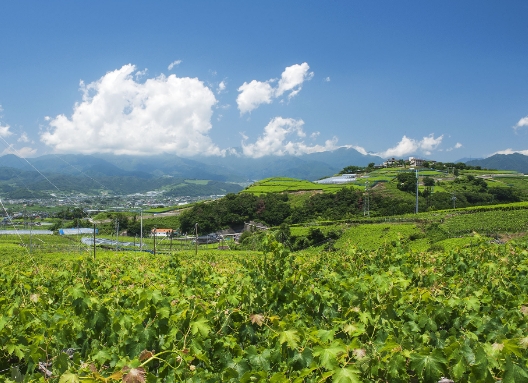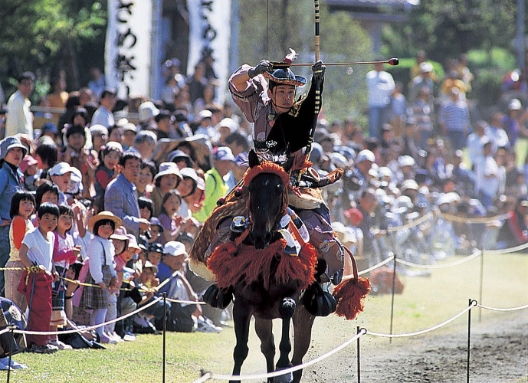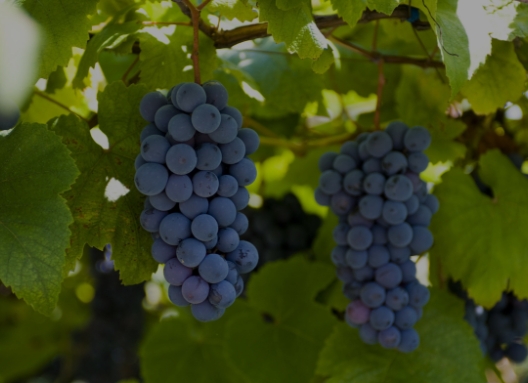Fujisan Hongu Sengen Taisha Shrine
Main content starts here.
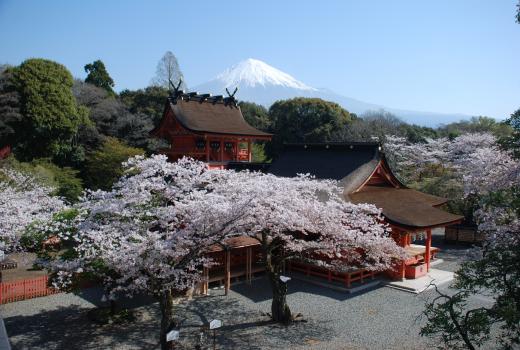
The shrines that were built to worship Fujisan as Asama no Okami are Sengen-jinja shrines, and Fujisan Hongu Sengen Taisha shrine is the headquarter of Sengen-jinja shrines. According to the historical document of the shrine, it was moved to its current location from Yamamiya. Religious beliefs gathered there beginning around the 9th century, and the current shrine pavilions were built under the special protection of Tokugawa Ieyasu. In addition, in the wake of Ieyasu's dedication, the area of Fujisan from 8th station to the top is managed as a sacred symbol of the goddess. The compounds of the shrine contain "Wakutamaike Pond," which is Fujisan's spring-fed pond, and in the past religious believers would use its water to purify their bodies here before climbing Fujisan.This pond is fed by a source of snow- and ice-melt water that has passed through countless layers of volcanic rock before bubbling up from the ground to fill this pond. As a result this pond and its water have been designated as a Special Natural Monument. Within the spacious shrine grounds there are a number of attractive buildings, such as the main shrine hall, which is an unusual two-story construction that lends it a splendidly ceremonial appearance. During the cherry blossom season, with Fujisan in the background, the vermillion colors of the shrine buildings look especially beautiful contrasted with the pink of the sakura, almost as if the scene is from a scroll painting rather than something that exists in the real world.
Category
Venue Address
418-0067 1-1 Miya-cho, Fujinomiya City, Shizuoka Prefecture
Share
Other Indoor Activities
-
Discover
Road Station Tomizawa
Road Station Tomizawa in the town of Nanbu is distinguished by the 13.5-meter-high bamboo shoot standing tall outside the facility. Inside is a food market that offers an extensive range of local specialties.
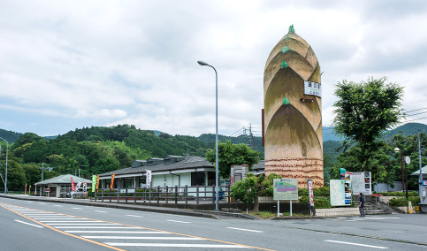
-
Uncover
Utsubuna Park
Utsubuna Park, situated on a high hill overlooking the Fujikawa River, is famed for the abundant hydrangeas that flower in it in early summer, transforming the park’s rolling slopes into a carnival of blues, purples, pinks, whites, and myriad hues in between. At any time of year though, unspoiled natural beauty and inspiring views make this 2.5-hectare attraction well worth a visit.
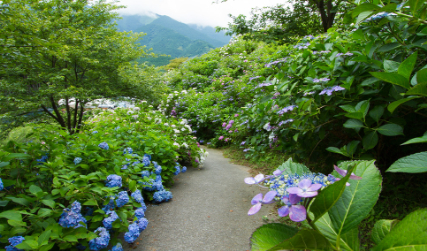
-
Recover
Minobusan Ropeway
The Minobusan Ropeway features a succession of breathtaking views that one might think only mountaineers get to marvel at. The ride is also a spiritual one, as the car travels on a sky-high “pilgrimage” from the precincts of Kuonji Temple up to the mountaintop Okunoin Shishinkaku Temple.
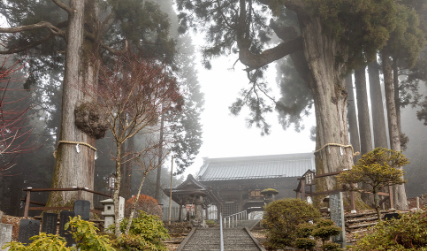
Home of Mt. Fuji > Yamanashi Area > Fujisan (Mt. Fuji) and Fujigoko (Fuji Five Lakes) Area > Fujisan Hongu Sengen Taisha Shrine
